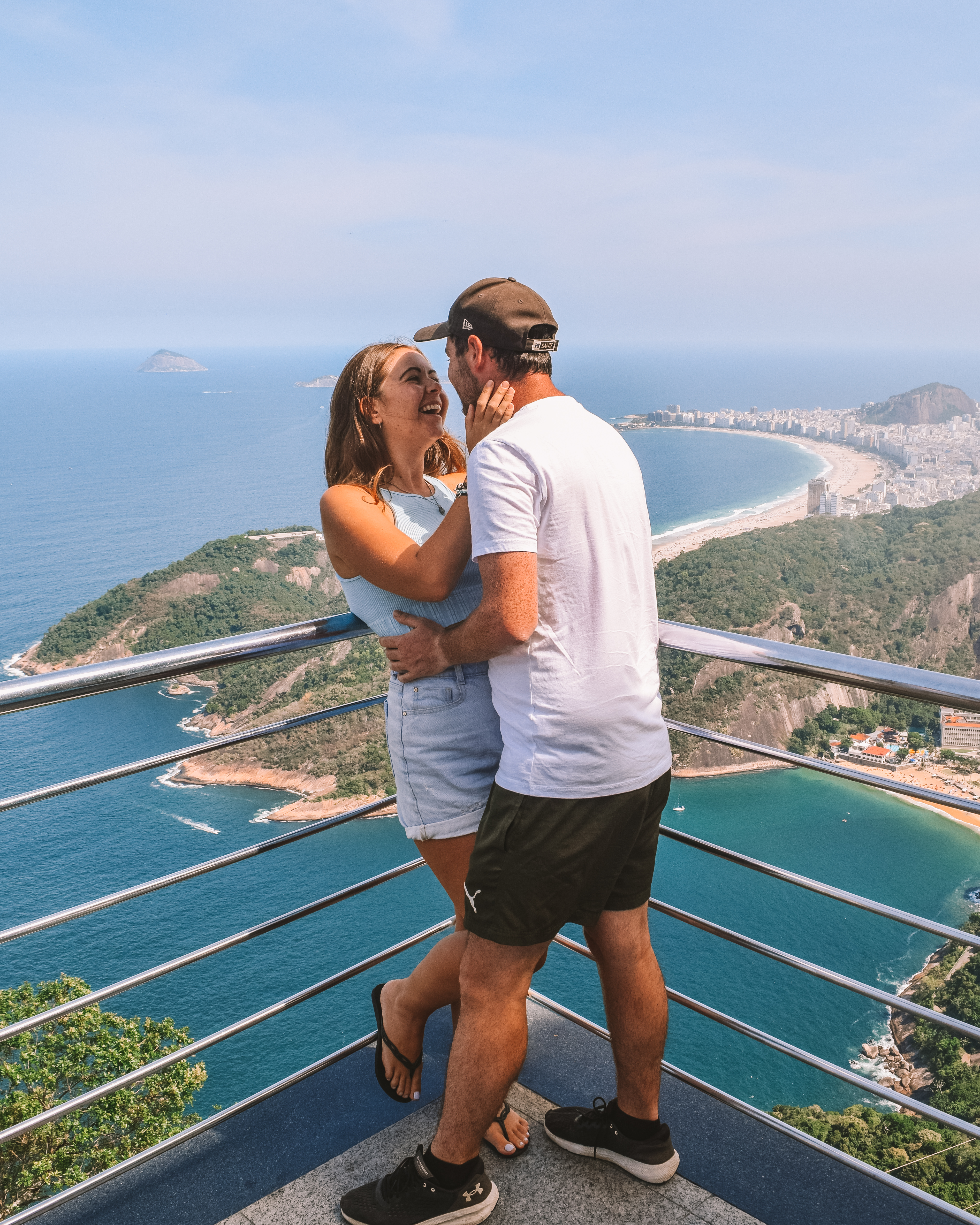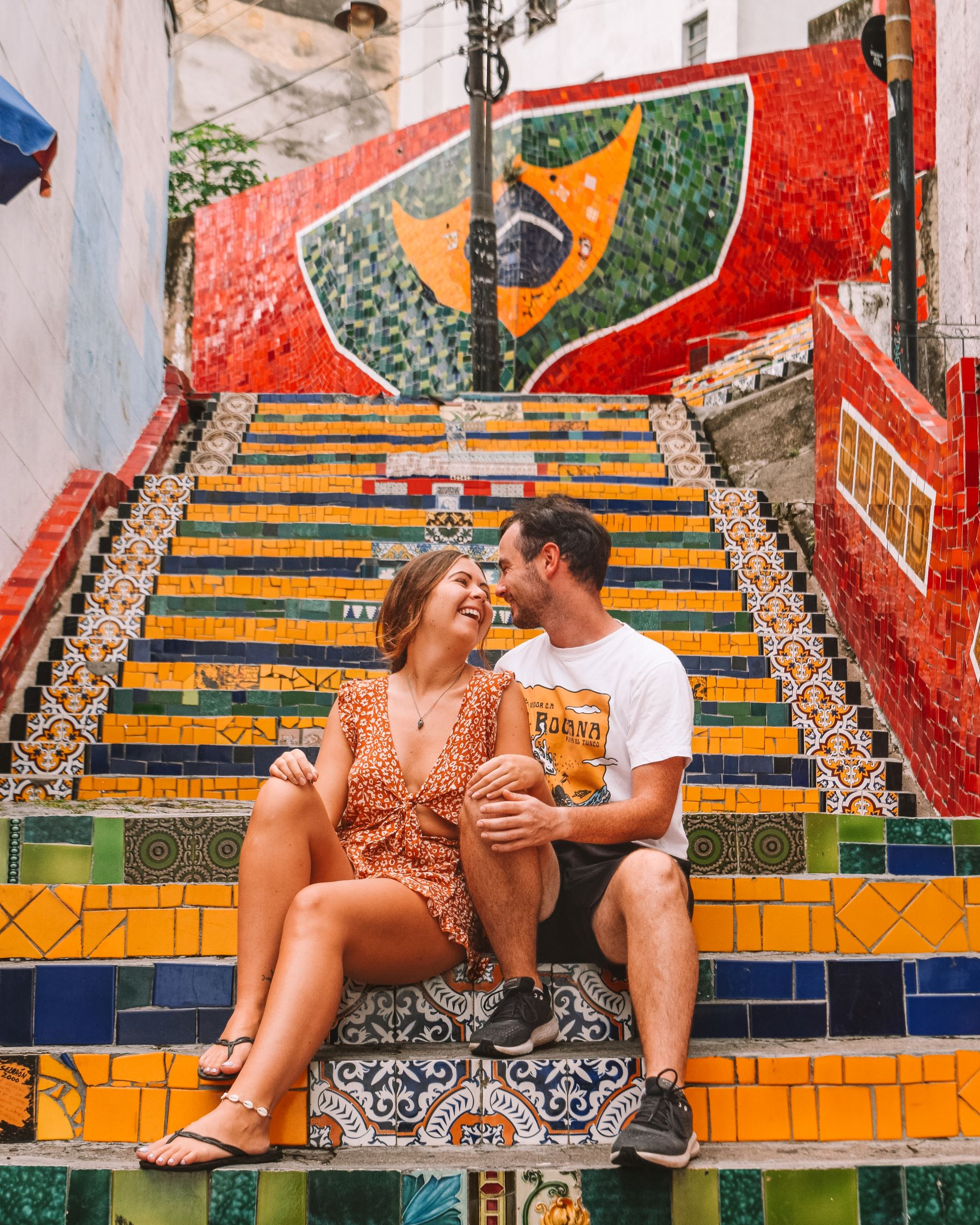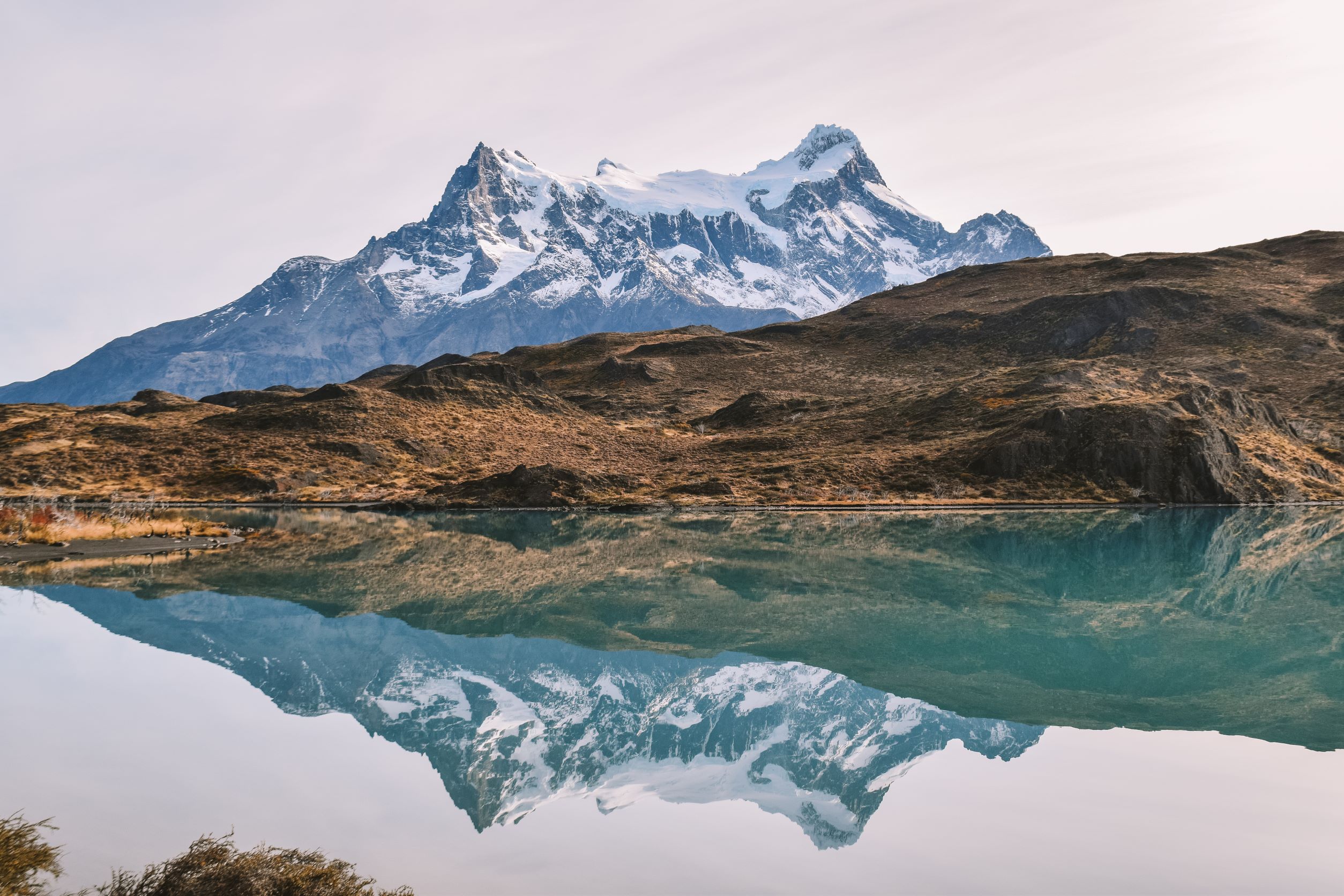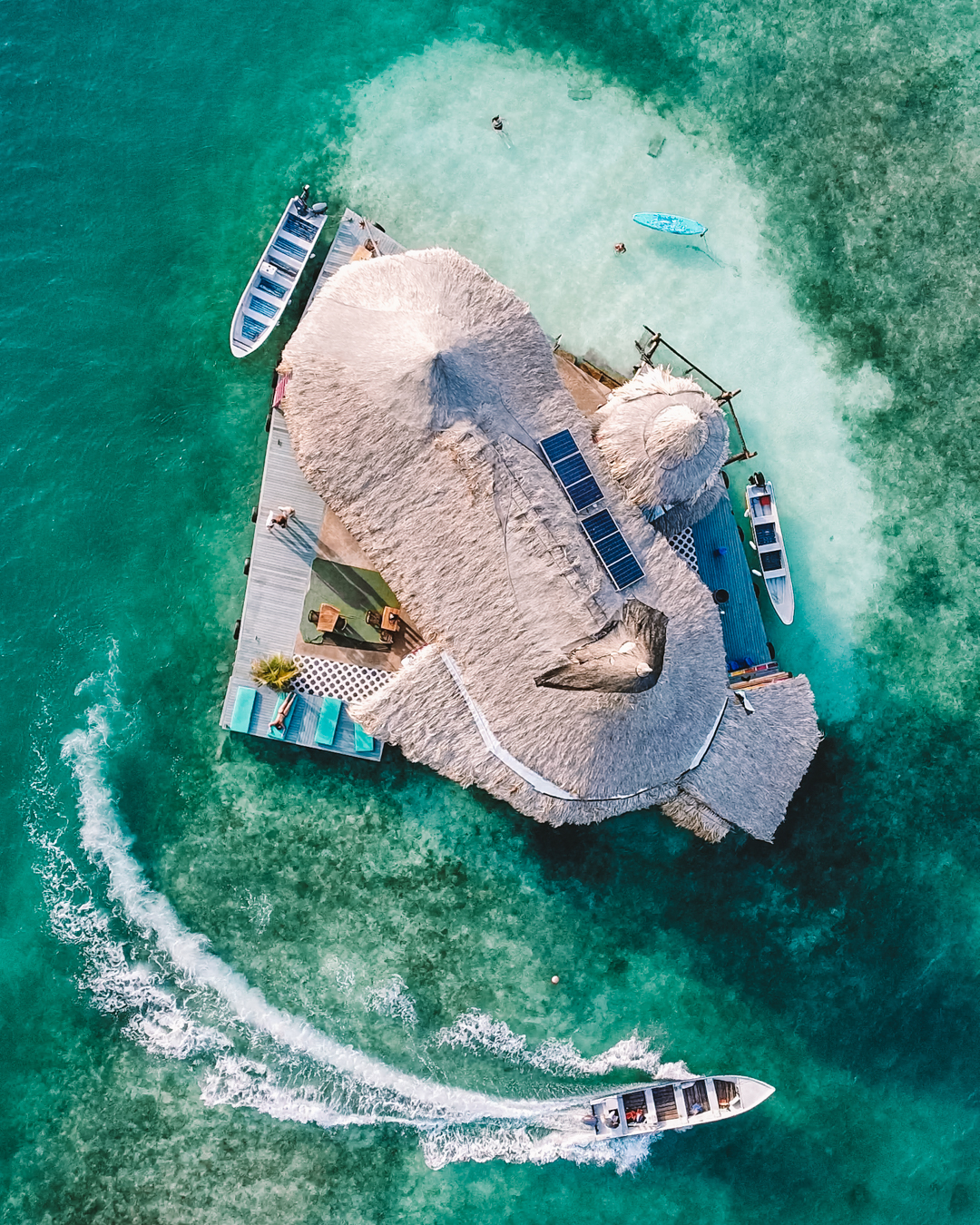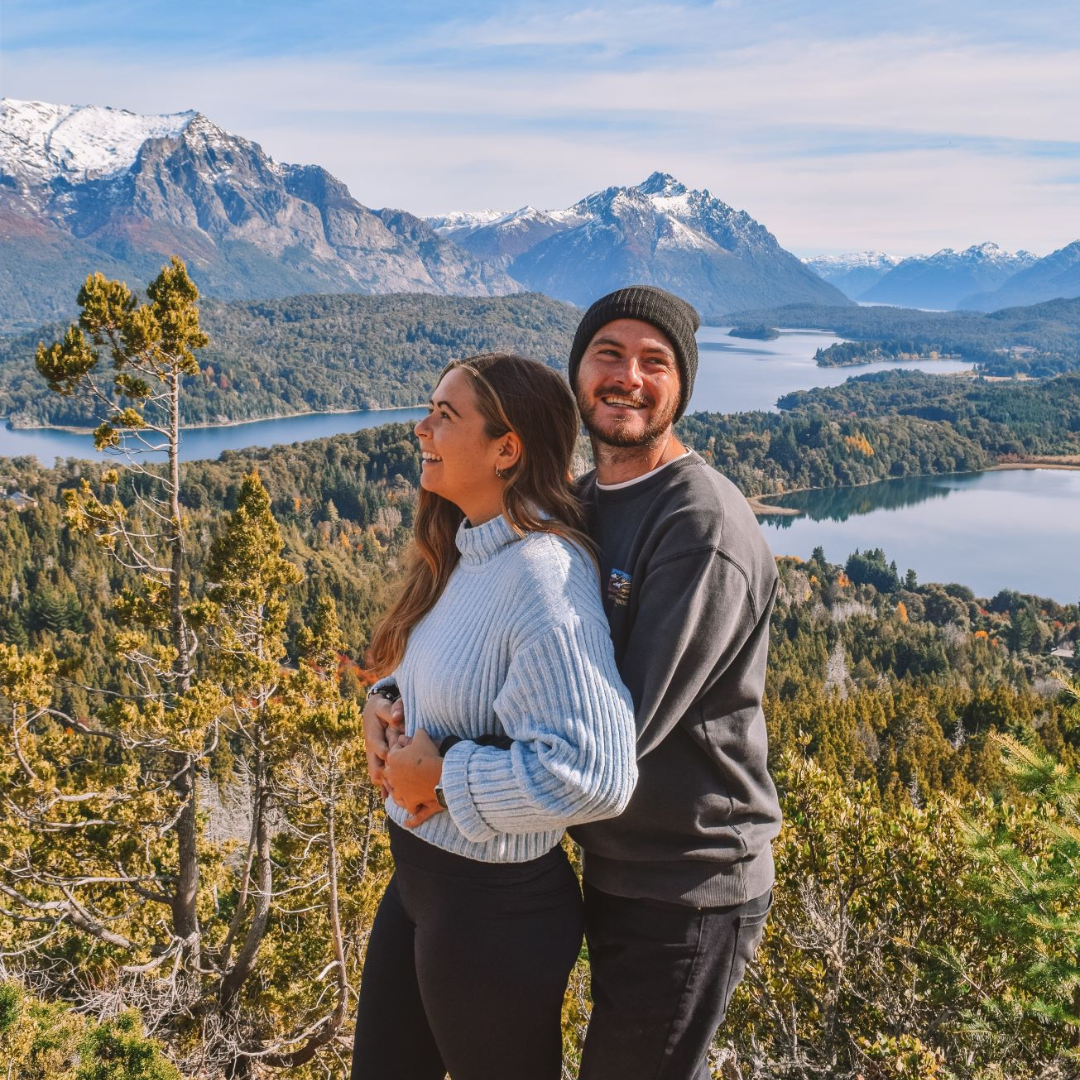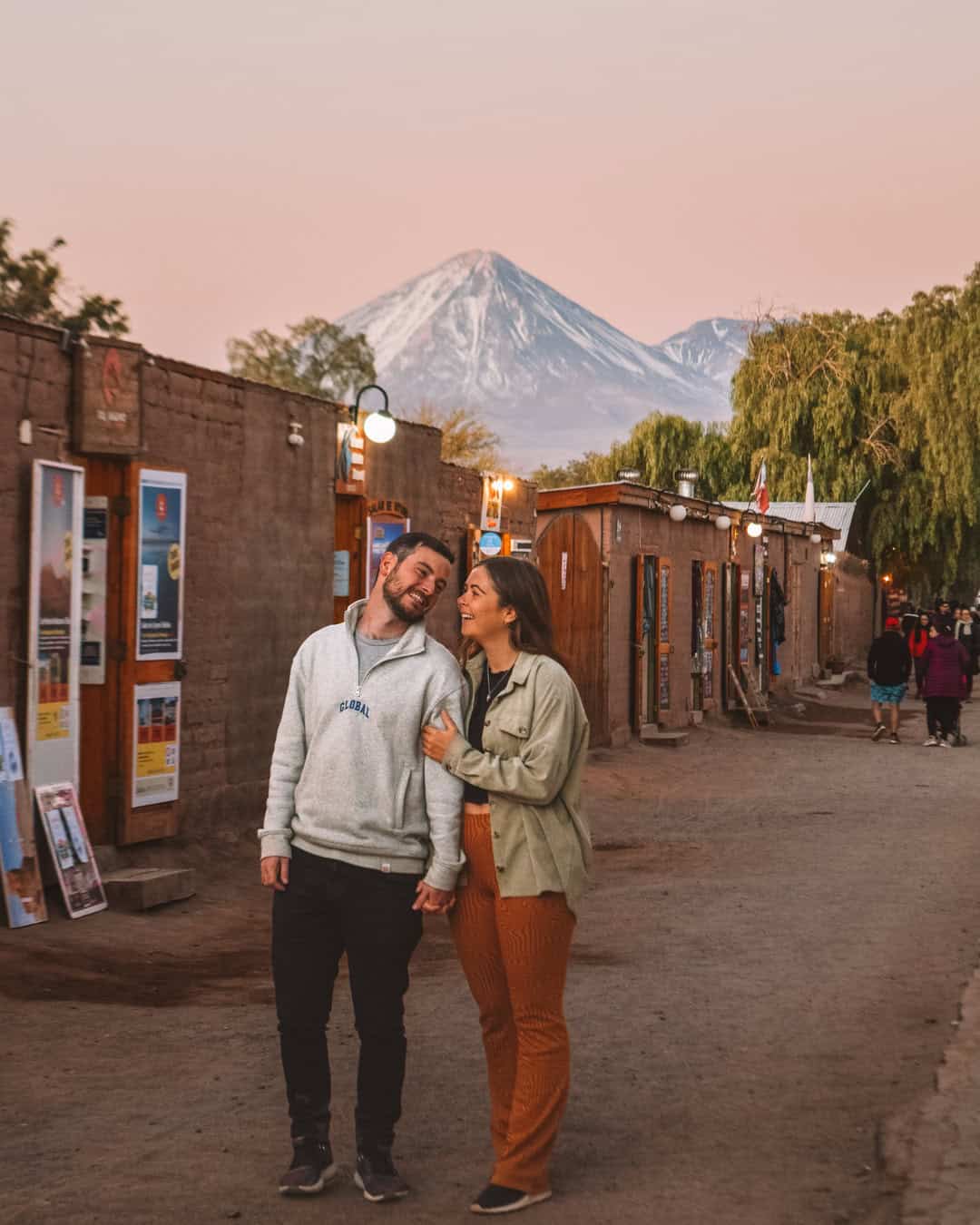Travel The Coast Of Uruguay | Tips & Inspiration
Are you planning to travel to Uruguay? Read on to read all about our epic route along the rugged coastline of Uruguay. We spent 11 days travelling along the coast from Brazil to Argentina, stopping at peaceful hippie communities, discovering beautiful sand dunes, and off-the-grid villages where you could sleep in a hammock (or a bed if that’s not your thing) and spend the day with Uruguay’s huge population of sea lions. Find out where we recommend visiting, where to stay and our top must-sees of Uruguay.
Travelling around South America? Explore its neighbouring country Brazil, read our post all about where to travel in Brazil here.
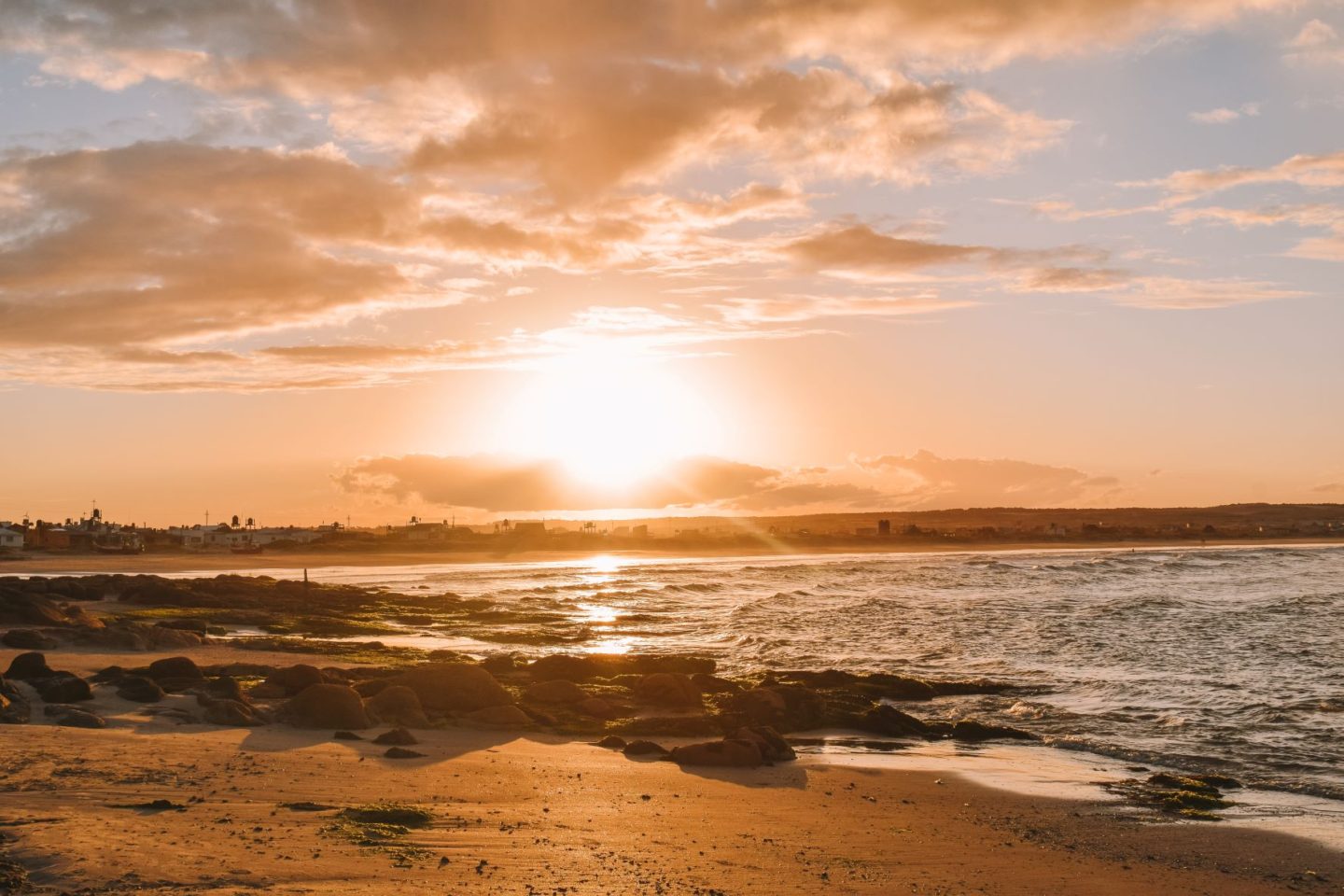
Uruguay travel facts:
Total time spent here: 11 nights
Budget: £800
Language: The main language of Uruguay is Spanish. However, Portuguese is also spoken.
The official unit of currency: Official currency is the Uruguayan Peso (UYU) although some tour companies will still quote prices in US dollars.
Size of Uruguay: 176,215 km²
Capital of Uruguay: Montevideo
Transportation: Hitch-hiking and public buses. Hitch-hiking is extremely popular and easy to do in Uruguay. We never waited longer than 30 minutes for a ride and all of our drivers were lovely, even if the language barrier did prevent our conversations from going further than the basics. Of course, always keep your wits about yourself and trust your gut. Public buses are fairly regular depending on routes, but can’t be booked online so it’s a matter of getting to the bus station and hoping.
Visa and entry requirements: Visitors from most countries do not need a visa for a visit of up to 90 days. Uruguay has recently (early 2022) scrapped their need for a PCR upon entry. Travellers must show their Covid vaccine record and their completed health form.
Our Uruguay Travel Route:
Punta del Diablo – 2 nights
Cabo Polonio – 2 nights
La Paloma – 2 nights
Punta del Este – 2 nights
Montevideo – 3 nights
Uruguay is the smallest country in South America, wedged between two large and wildly travelled countries, Brazil and Argentina which often gets forgotten about when travellers plan their South American backpacking itinerary. However, you really should discount travel to Uruguay.
Uruguay was a country we knew fairly little about, and with it seemingly being one of the lesser travelled countries within South America our expectations weren’t particularly high. But, how wrong we were! From the hippy town of Cabo Polonio to the South American version of Monte Carlo, Punta del Este, to the metropolitan city of Montevideo. Uruguay has everything you want from an off-the-beaten-track destination.
As a nation, Uruguay is pretty liberal. Both marijuana and gay marriage are legal, plus, it is also one of the most eco-friendly countries in South America. Despite its size, it has a bustling economy, and its people are known for their relaxed way of life. It’s progressive, stable, safe and culturally sophisticated, exactly what you want out of a country you’re travelling around. It is full of everyday ‘not made for tourists’ moments that somehow become the highlight of your trip. After spending a few days in this small country you truly feel like you belong. Whether that’s due to sipping maté with the locals, meandering along one of the many neverending stretches of beaches or watching the seals playing on the rocks, it is a great country to add to your South American travel itinerary.
Uruguay Tips and Facts:
– Uruguay is expensive
We found travel throughout Uruguay to be a lot more expensive than most other Central and South American countries we have visited. A cheaper meal averages at around £11 so opt to book accommodation with a kitchen if you can to keep your budget down. This can make travel through Uruguay a lot more expensive, so keep this in mind when planning your Uruguay trip.
– It’s not religious
Uruguay has the highest percentage of atheists and agnostics in Latin America with 17.2% being atheist or agnostic. It also doesn’t celebrate religious holidays in a religious way, such as Easter. Instead, it calls the two weeks over Easter ‘Tourism week’ In Uruguay, there is a strict separation of church and state, which dates back to the end of the nineteenth century when young liberals were reportedly opting for the “pleasures of the countryside” rather than respecting religious holidays like Easter.
– Tourists don’t pay tax
When paying with a foreign credit or debit card in Uruguay tourists get the 22% VAT deducted. This amazing benefit applies to restaurant bills and car hire. Just present your card and when you get the bill back to sign, the VAT will be knocked off automatically. This also applies to car rentals, so if you prefer to have your own car for ultimate freedom, then keep this in mind whilst travelling Uruguay.
Punta del Diablo
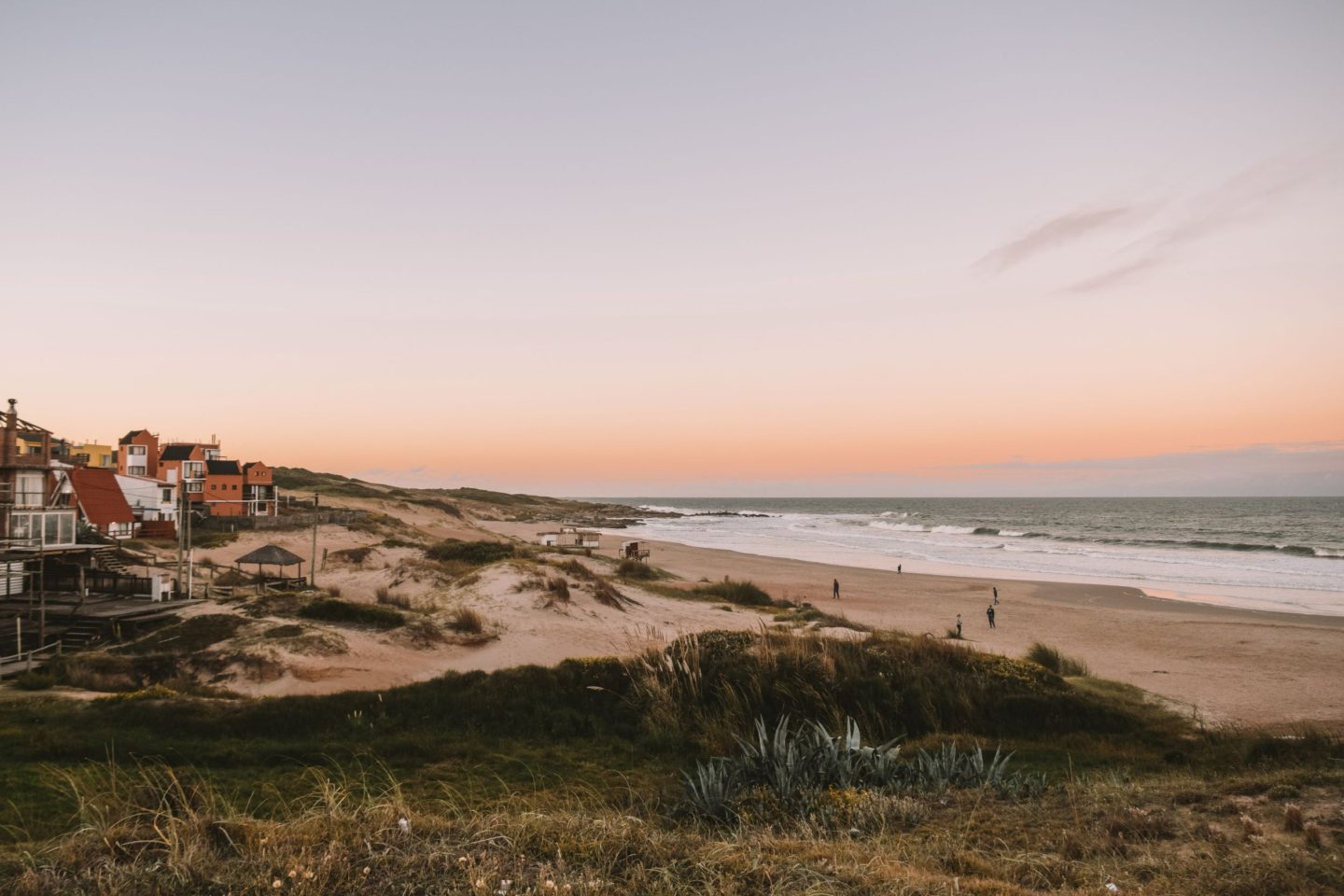
Our first stop on our trip through travelling Uruguay was Punta del Diablo. Home to one of the most popular beaches in Uruguay. Just 40km from the Brazilian border, the little fishing village is paved with dirt roads, home to a whole host of rustic sea-weathered, painted bars and restaurants and full of sweeping unspoilt beaches. A great first spot on our travel through Uruguay.
In the summertime (December to February), the town is flooded with tourists and backpackers eager to surf and soak in the sunshine. Outside of summer, the village is deserted – and people seeking solitude and relaxation will find most definitely find it in Punta del Diablo. We visited during Easter weekend, also known to Urugians as tourism week (read tips and facts to find out more about this). However, unlike most other places we visited this did mean that Punta del Diablo was a lot busier than it usually is and therefore, a lot more open than other spots we visited which meant it had a lovely holiday feeling.
We absolutely loved visiting here and spending a couple of nights, relaxing on the beach, enjoying the incredible sunsets, watching the few sparse surfers tackle the waves and drinking coffee after coffee in the many beautiful cafes and restaurants with unbeatable views.
Where did we stay in Punta del Diablo?
Usually, we always opt to book our accommodation prior to reaching our destination. However, for the first time on our trip and in true Uruguian style, we didn’t. Uruguay, and specifically Punta del Diablo, we have found is full of holiday rentals which you can rent and stay in. It seems locals drive to their destination, take note of the number on the side of the house and call it to ask to stay there. Since our Spanish is limited and we like to know the price, what it looks like inside etc. before we agree to stay there, we instead found a hotel with a reception and a very friendly man at its desk.
This accommodation ended up being Amaneceres Del Diablo a nice little studio cabin right on the seafront. Breakfast is included and is served in one of the main restaurants along the front, meaning you get a short beach walk every morning and a view served with your breakfast. Amaneceres Del Diablo also had a well-equipped kitchen and ensuite, the perfect setup for what we needed. Plus, it was opposite one of our favourite restaurants that we found AMAR Parador Punta del Diablo. Unfortunately, you can’t book it online. However, if you just turn up they seem to have a lot of rooms.
Another alternative is Mar de Fondo Hostel, it has great reviews and looked really lovely and chilled. You can book the hostel here.


Top things to see in Punta del Diablo
As mentioned, we really loved Punta del Diablo, and the 2 nights that we spent here; meandering around the small town, drinking multiple coffees in the beachside bars and eating tasty, albeit slightly expensive, meals in one of the multiple restaurants. There isn’t a great deal of ‘must see’s’ here, instead just soaking up the atmosphere is a must-see in itself. There are, however, numerous beaches to visit which can keep you entertained for days.
Playa Pescadores
The main beach in town and the most ‘commercialised’ – If commercialised meant a few beach shacks and independent restaurants that is. A must visit during your time in Punta del Diablo!
Playa del Rivero
The most popular beach in Punta del Diablo is home to long white stretches of sand and huge rocks to sunbathe on. Just to the left of Playa Pescadores.
Meander the Small Town Of Punta del Diablo
It might be small but the town but it’s not to be missed. The little town is full of independent shops and cafes selling handmade jewellery and gifts, the perfect spot to buy some holiday presents and while away an afternoon.
Cabo Polonio

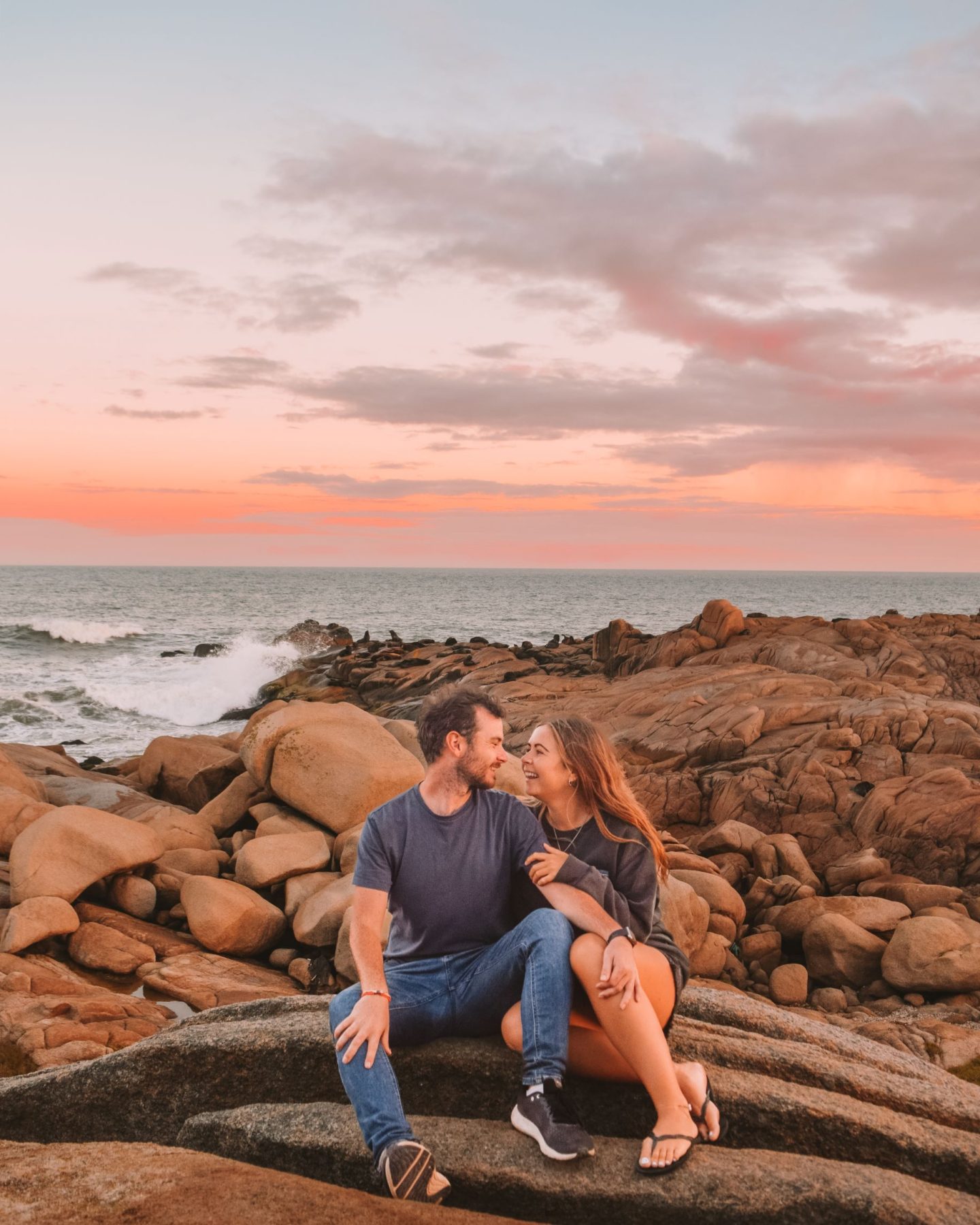
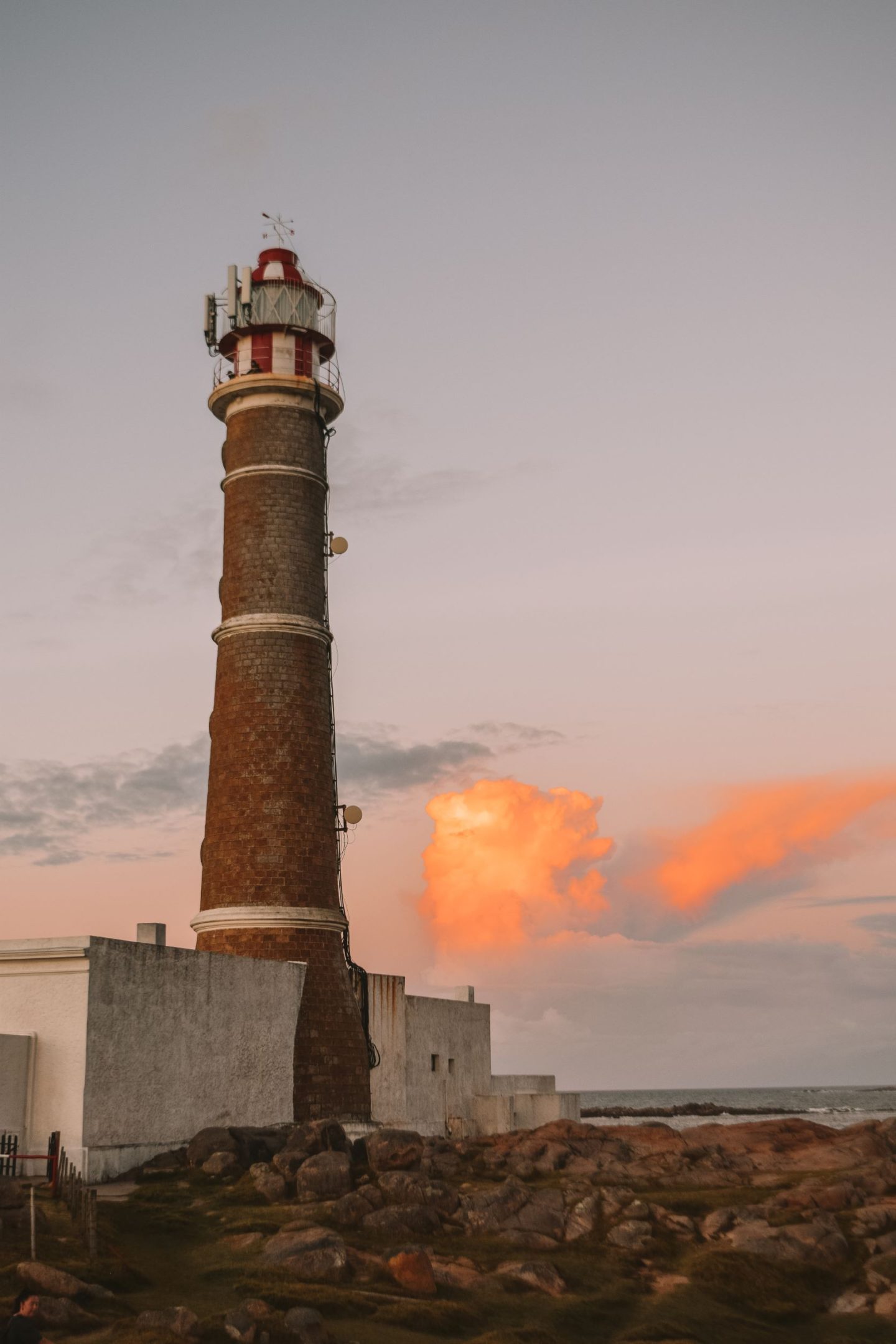
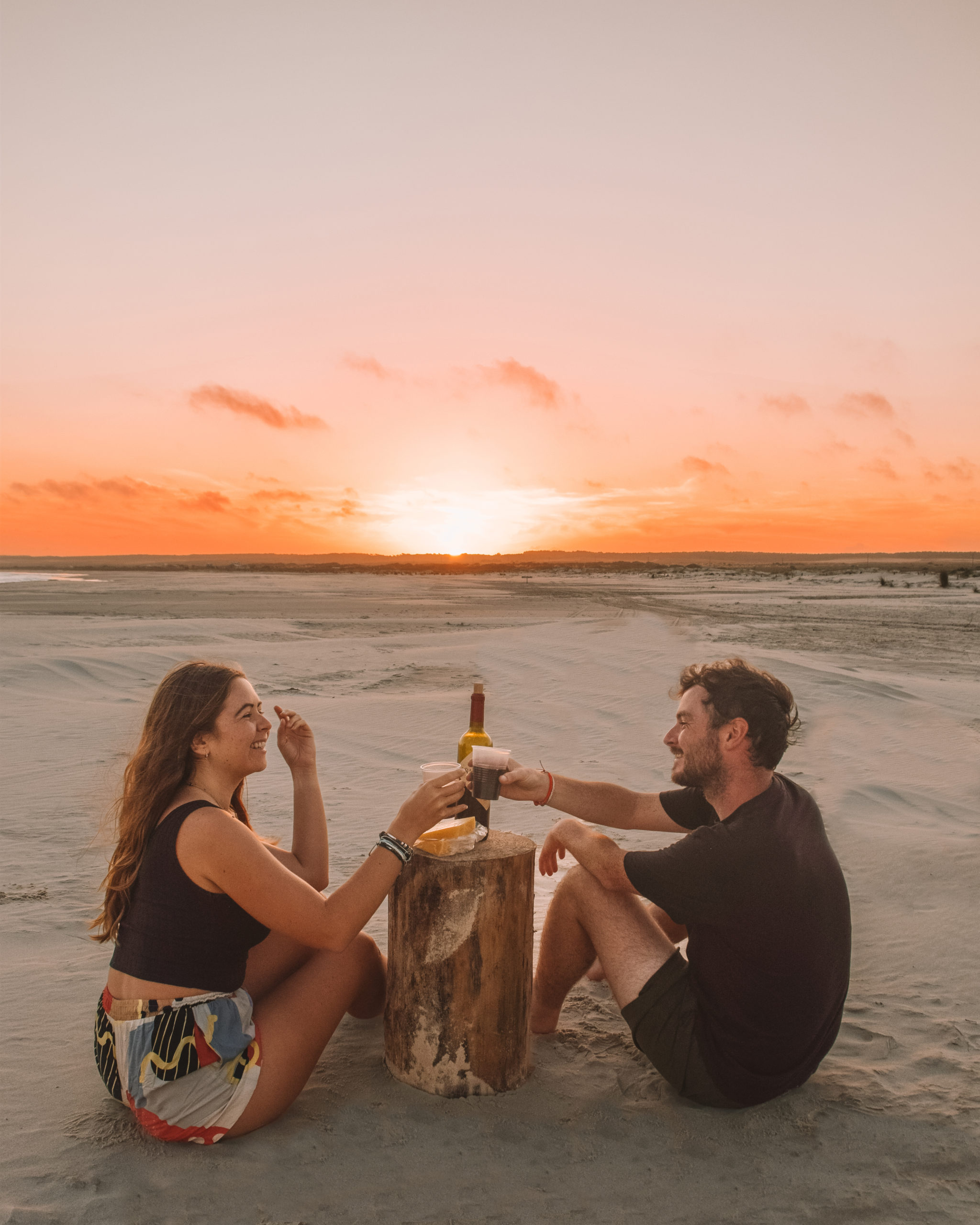
A tiny hamlet nestled off the Eastern coast of Uruguay. Cabo Polonio has no roads leading to it and is located about 7 km off the main road. This little off the grid town is unlike anywhere we have ever been. With no electricity, no WIFI, no roads or cars and no running water, it truly is a one of a kind place.
As you are driven over the huge sand dunes you’re met with your first glimpses of the tiny town to your left and incredible views of the long sprawling beach to your right, from that moment you know this place isn’t going to be like any other. The beach is incredible and with not a person in sight, this only adds to the ‘off-the-beaten-track’ feeling you already had.
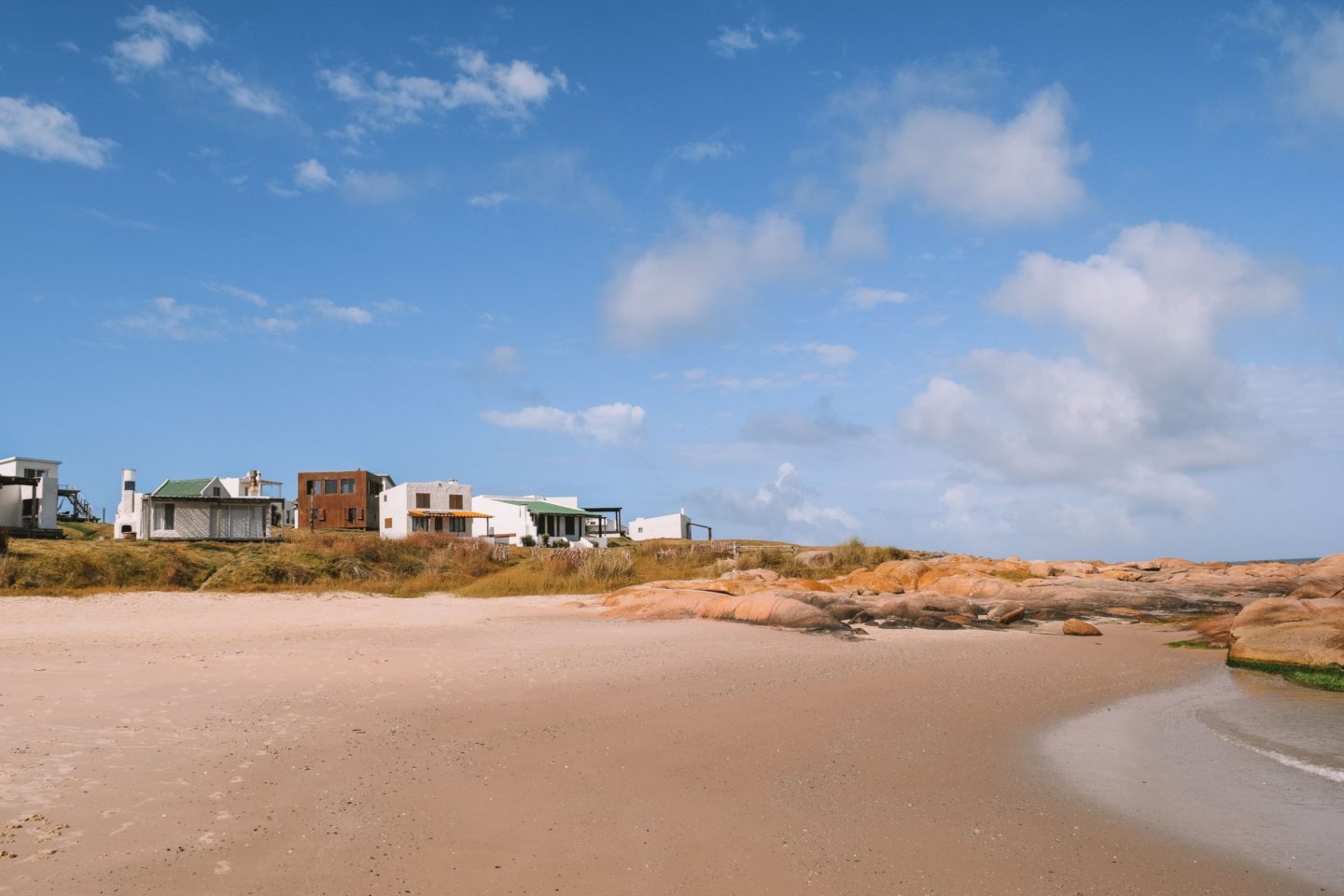
We spent our time here meandering around the tiny town and lazing in hammocks reading followed by drinking red wine and eating cheese in the evening as we watched the sun go down and the sky turns an incredible shade of pink. We then led under the stars until it was time for bed and to do it all again the next day.
To top it all off, Cabo Polonio is home to one of the largest sea lion colonies in South America, only adding to the long list of reasons why you should visit here.
How to get to Cabo Polonio
Cabo Polonio became a protected national park in 2009 which means you can’t drive your car through it and therefore, need to park your car at the visitors centre, or try and hitch a ride to the visitors centre as we did. From here you ride a safari-style double-decker truck through 5 miles of dunes to get to the hamlet. There is also the option of walking, however, it’s pretty far.
A return ticket costs around £5.50 and can be brought to the visitors centre at the entrance. The journey takes around 20 minutes. It’s also incredibly beautiful and adds to the whole experience of Cabo Polonio. Just beware, if you sit upstairs, it’s bumpy. So hold on!
Where did we stay in Cabo Polonio?
Now, this is a bold statement however, we’re not saying it lightly, our hosts running the hostel/ hotel we stayed at in Cabo Polonio were possibly the nicest we’ve ever had.
They didn’t speak a word of English and we barely speak Spanish and yet they still managed to make us feel welcomed and at home. We took wine back to the hotel to sit outside with and not only did they bring us wine glasses and a corkscrew but they also cooked us a fresh pizza and brought it out to us. They also upgraded our room for us the second night so that we would have a nicer room.
We stayed at Posada Puertas Al Cabo, which you can book here.
Top things to see in Cabo Polonio
You can walk around the whole town within 20 minutes and discover the incredible beaches in around 2 hours. It’s not so much what this little town has but what it doesn’t that makes it so special. And, what it doesn’t have is modern technology or outside disruption and this makes it so so special.
During your time here ensure that you visit:
Cabo Polonio Lighthouse
You can pay to go up to the top, this costs 35 UYU per person
Visit the Beaches of Cabo Polonio
There’s plenty to enjoy all around Cabo, they’re beautiful and deserted
Visit the Sea Lion Colony
The sea lions have made their home just below the lighthouse plus, making it the perfect spot to sit and watch them
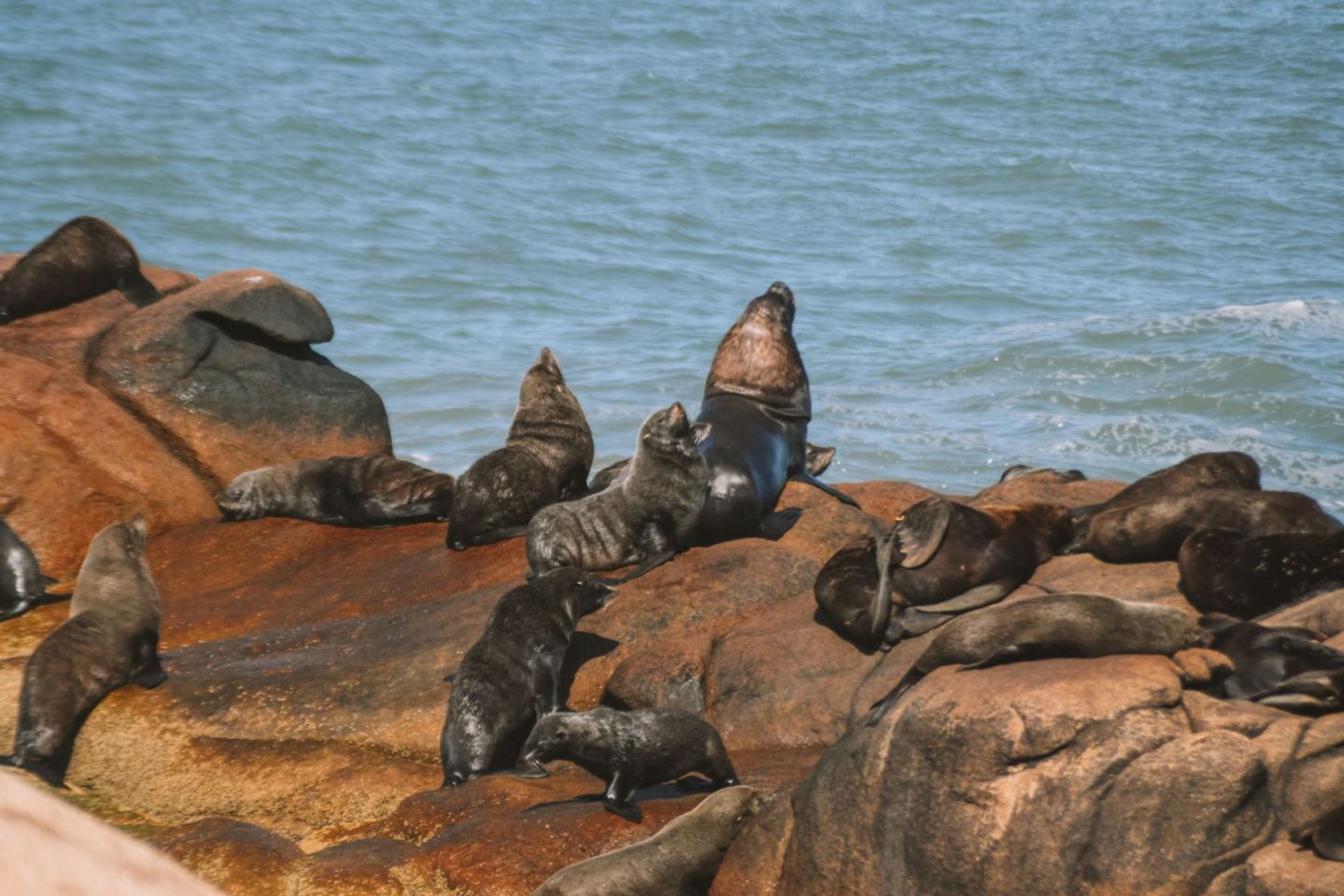
Watch the Sunset and Lay Under The Stars
We were blessed with 2 incredible sunsets during our time here, the sunset just behind the beach with no one else around. It was truly a magical experience. We then stayed there as the sun fully disappeared and the incredible stars came up filling the sky with their twinkling lights.
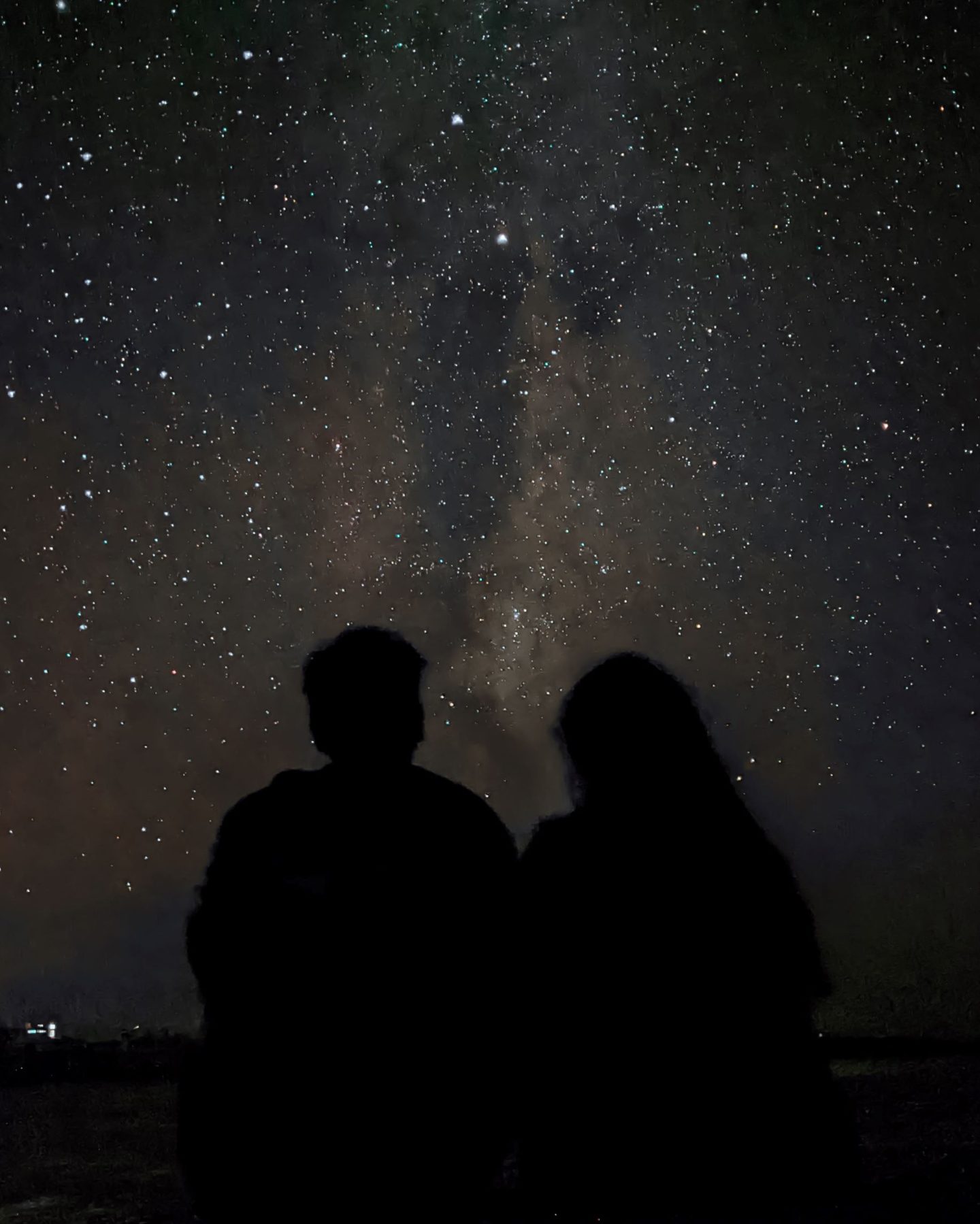
Relax and Enjoy the Slow Pace of Life!
Visiting here is a completely unique experience so don’t forget to take a bit of time to just sit back and enjoy the atmosphere.
La Paloma
Another small beach town along Uruguay’s southeast coast, just east of the capital Montevideo. A laidback town where there isn’t much to do except be fully emersed in nature, take full advantage of its endless beaches and relax with a glass of wine or coffee in a cute beach bar.
Where did we stay in Cabo La Paloma?
Uruguay doesn’t have a huge amount of hotels so when we saw Hotel UY Proa Sur Hotel we decided to treat ourselves. A lovely little hotel right next to the lighthouse including breakfast, an indoor swimming pool and a sauna. We booked the standard room and had a beautiful view of the sun rising each morning, the waves crashing on the shore and the huge lighthouse.
You can book Hotel UY Proa Sur Hotel here.
Top things to see in La Paloma
As mentioned, there’s not a great deal to see in La Paloma however, it’s the perfect spot to sit and relax and enjoy a good book and solitude. As mentioned, we visited during tourism week so it was even quieter than usual here. We walked along the beach, enjoyed a couple of tasty meals along the main part of town and generally relaxed.
We visited Cabo Santa María Lighthouse and relaxed on the small beach to the left of it for a while which was a lovely way to spend our afternoon. It is also a lovely spot to watch the sunset and the sky turn pink.
La Paloma wasn’t our favourite spot in Uruguay, however, it’s still very beautiful and worth a stop for a night or two if you’re looking for a beautiful beach.
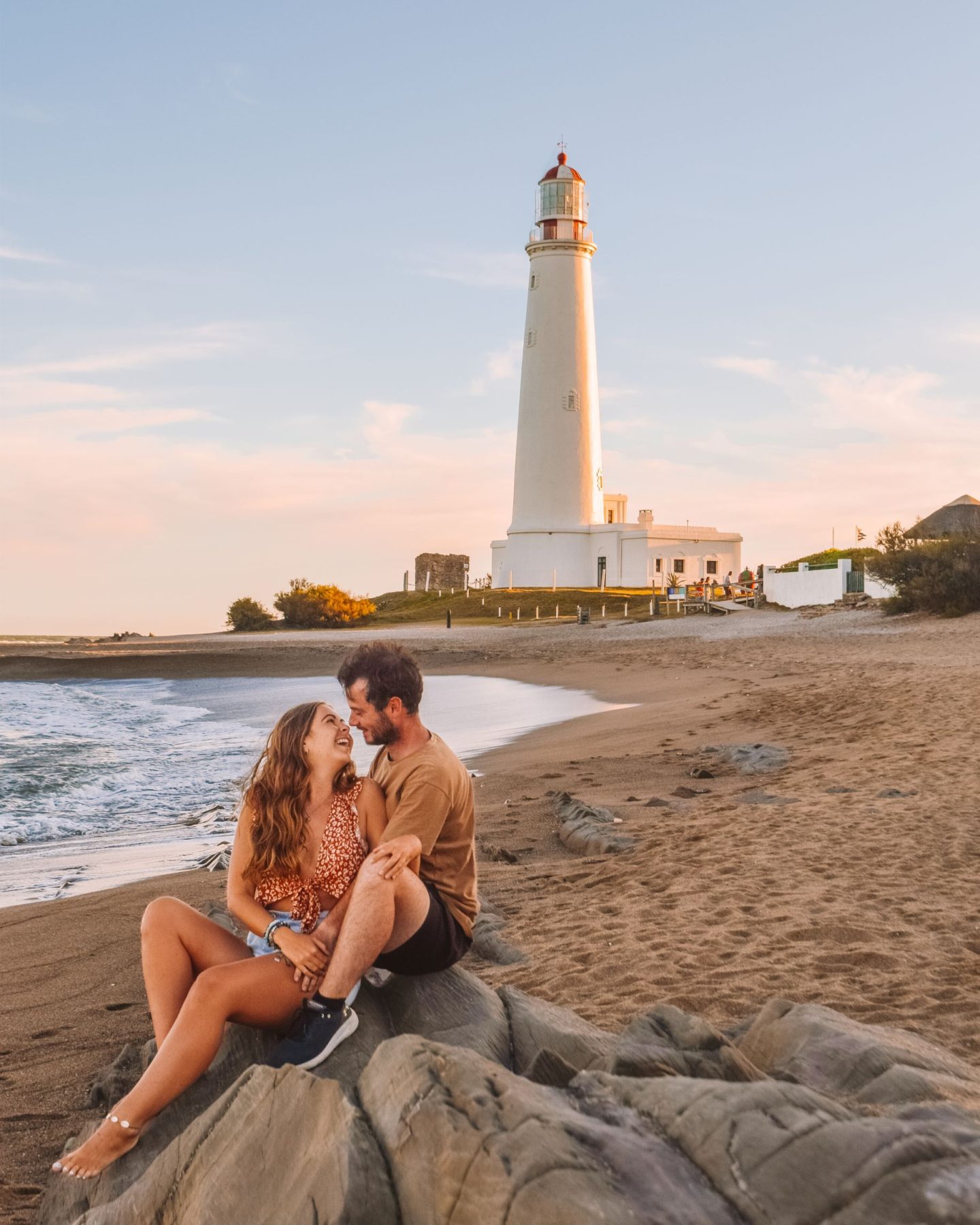
Punta del Este
Punta del Este is known as the Monte Carlo of the South. It’s a beautiful seaside town, home to tons of bars, restaurants, incredible beaches and an epic port, if you love looking and fantasising about your future yacht (like we do), then it’s a great spot to hang out and relax in when you travel Uruguay.
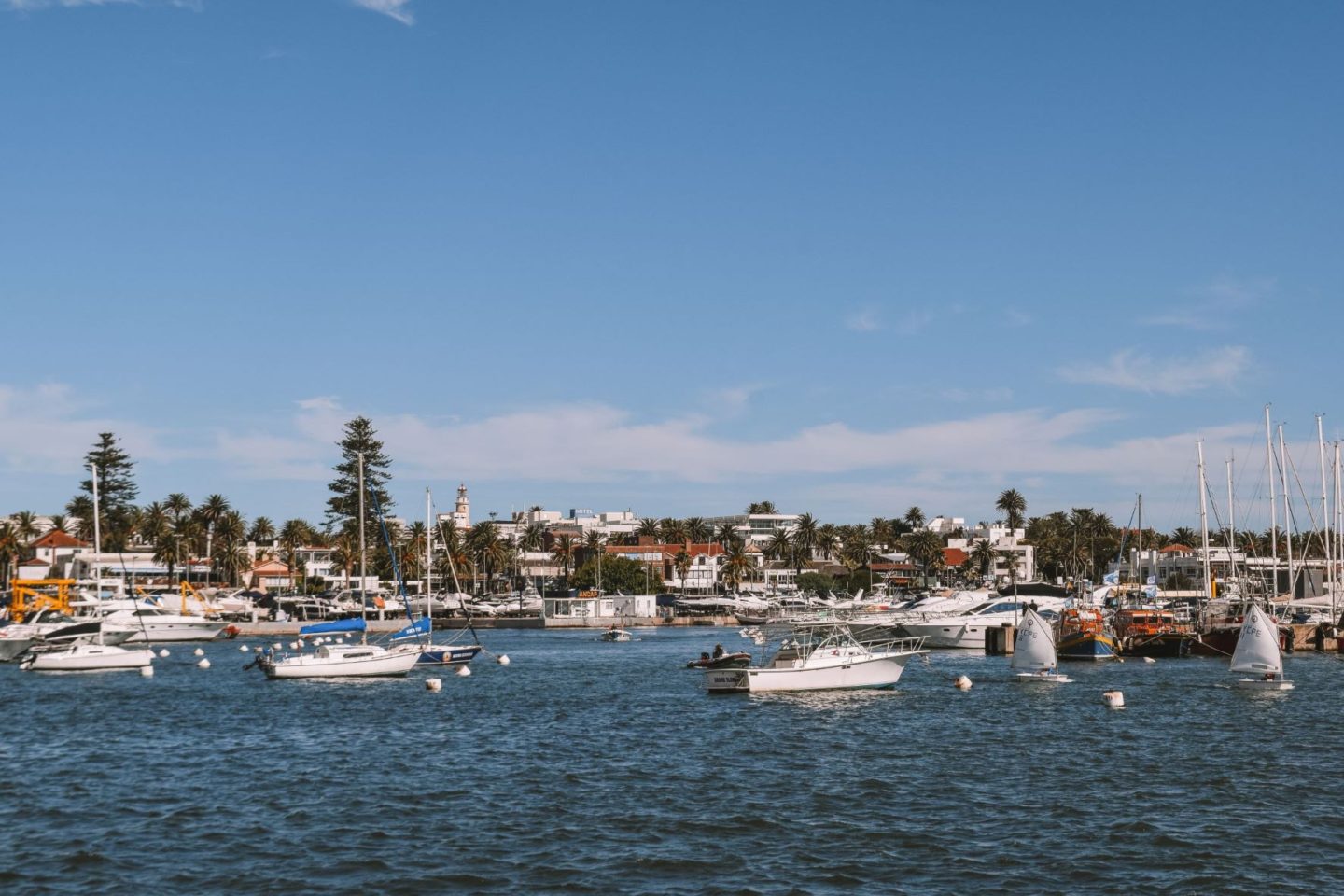
Where did we stay in Punta del Este?
Punta del Este is full of accommodation to suit all budgets. There are some lovely hotels further out, a few hostels in the city centre or cheaper hotels like we opted for. We stayed in Hotel Milano. A homely little hotel in the centre of Punta del Este complete with a swimming pool and very clean private rooms with prices starting from £30 per night.
You can book Hotel Milano here.
Top things to see in Punta del Este
Puerto de Punta del Este
As previously mentioned the port, is a beautiful spot to hang out for the day, admire the boats and relax in one of its many beautiful restaurants. Plus, it’s home to tons of sea lions. Literally, they’re everywhere; on boats, on walkways and playing in the sea. A must-see when you travel Uruguay!
There’s also a spot along the harbour where the fisherman feeds them fish carcases and lets tourists also feed them. As two vegetarians, this wasn’t the nicest thing to see, we’re also not sure how ethical it is to feed them but they do seem to be native to that area anyway so it is better than them being in somewhere like Seaworld, in our opinion.
Either way, it was an amazing sight to see them up so close in nature, make sure to get our camera ready when you travel Uruguay.


The Fingers of Punta del Este (Los Dedos de Punta del Este)
A giant hand sculpture that comes out of the sand, a bit like the famous one in Chile’s Atacama desert.
Playa Mansa
One of the largest beaches in Punta del Este, however, when we visited (slightly out of season) it was still fairly quiet and a beautiful spot to spend the day. If you’re in the neighbourhood and want a snack there was also an epic empanada place, Empanadas Calentitas, nearby which had a great selection, including vegan options.
Montevideo
Where did we stay in Montevideo whilst we travel Uruguay?
For the majority of our time in Montevideo, we stayed in the incredible Alma Historica Boutique Hotel an elegant 4-star hotel located in the historic district of Montevideo. Each room is unique and inspired by someone influential from Uruguay’s culture. We stayed in Don Pedro, after Pedro Figari, one of Uruguay’s most significant artists. Rooms start from just over £100.

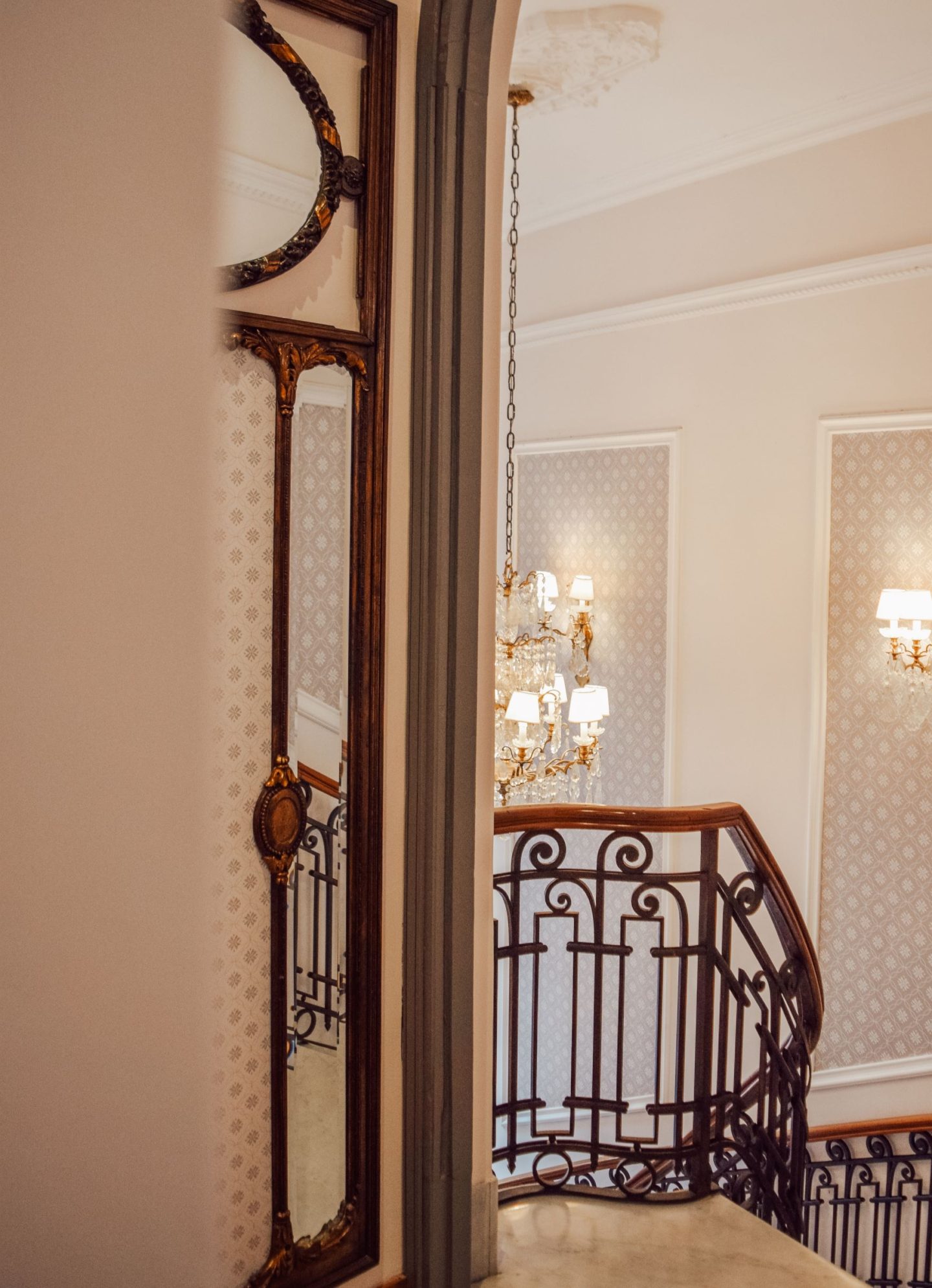
Top things to see in Montevideo
Stroll along La Rambla
The longest continuous sidewalk in the world and the perfect spot to come, people watch and get a feel of the city. This oceanic promenade stretches along the expanse of the city, giving way to panoramic views of the ocean, perfect for sunset.
Visit Palacio Taranco
A 20th-century French-style palace, once a private home, now housing the Museum of Decorative Arts. With free entry, this spot is perfect to while away an hour or two looking around and taking in some history.
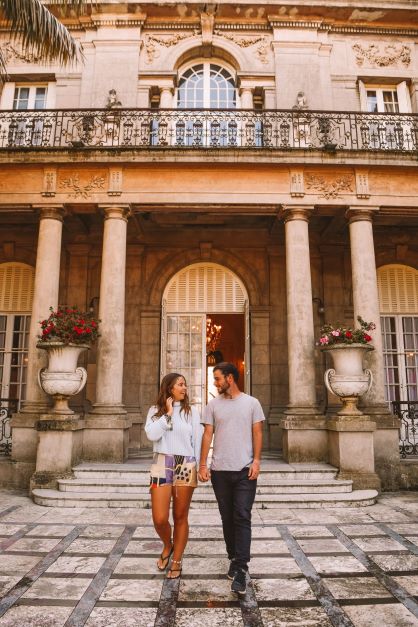
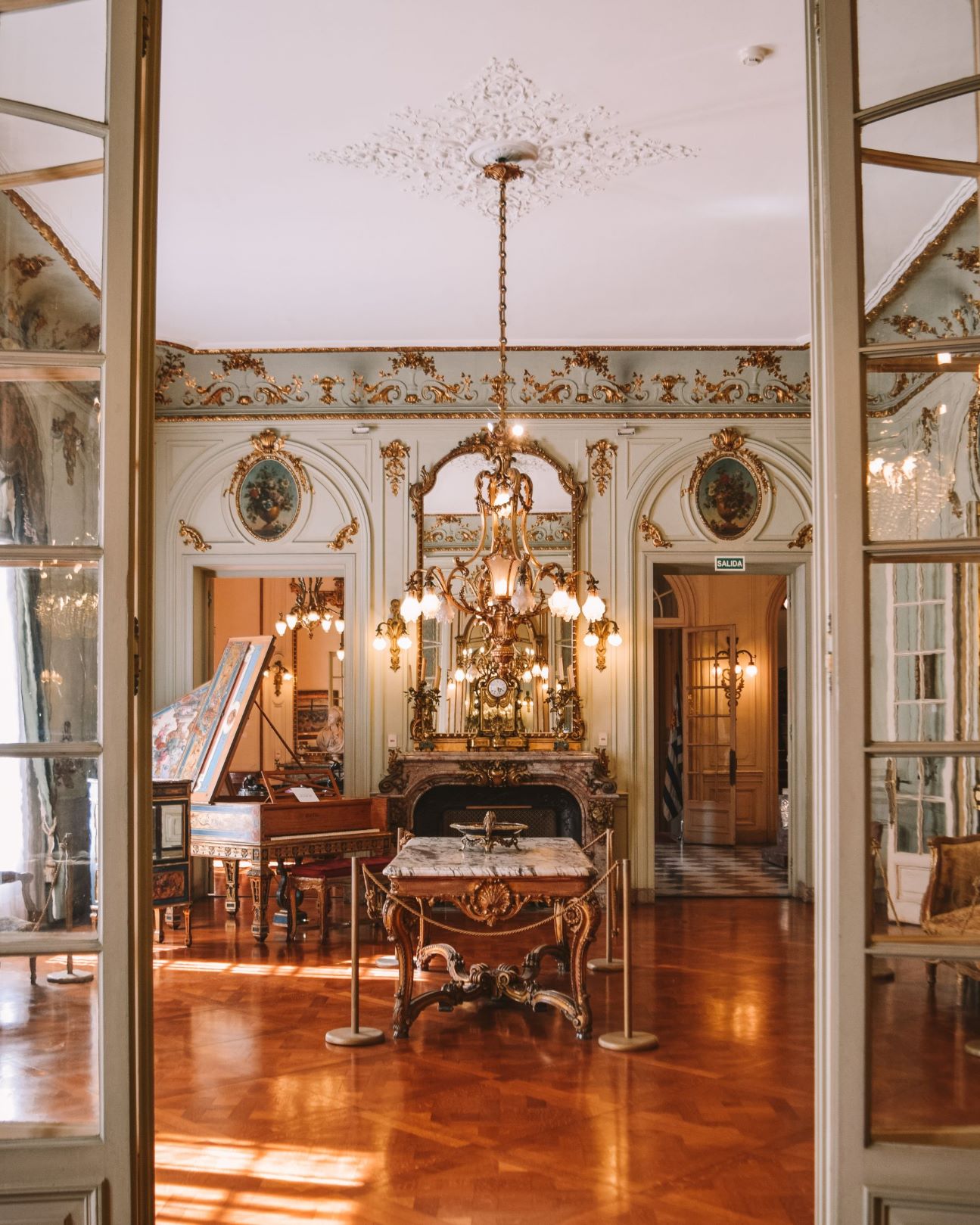
Walk around Plaza Independencia
The most important square in Montevideo connects the Ciudad Vieja and the city’s downtown. Home to the statue of Artigas Mausoleum.
Enjoy lunch at Mercado del Puerto
A lively spot to enjoy lunch, full of food stalls and sit down restaurants
Visit Espacio de Arte Contemporaneo
Not your standard art gallery but, one inside a derelict prison. A truly unique place to visit and admire the incredible art.
Wander the streets of the Old Town
The old town was our favourite place in Montevideo, full of cute cobbled streets, great coffee shops and some lovely little boutique shops. You can easily spend a few days here meandering the streets and soaking up the atmosphere. Plus, the sea lies on either side of it which is always a bonus.
We absolutely loved our time travelling Uruguay and would urge anyone travelling South America to visit this little unknown country and travel Uruguay. We spent just 11 nights here and despite its small size, barely touched the surface.
We travelled from Brazil to Uruguay, so it was only right that we crossed over from Uruguay to Argentina. Buenos Aires, here we come!
